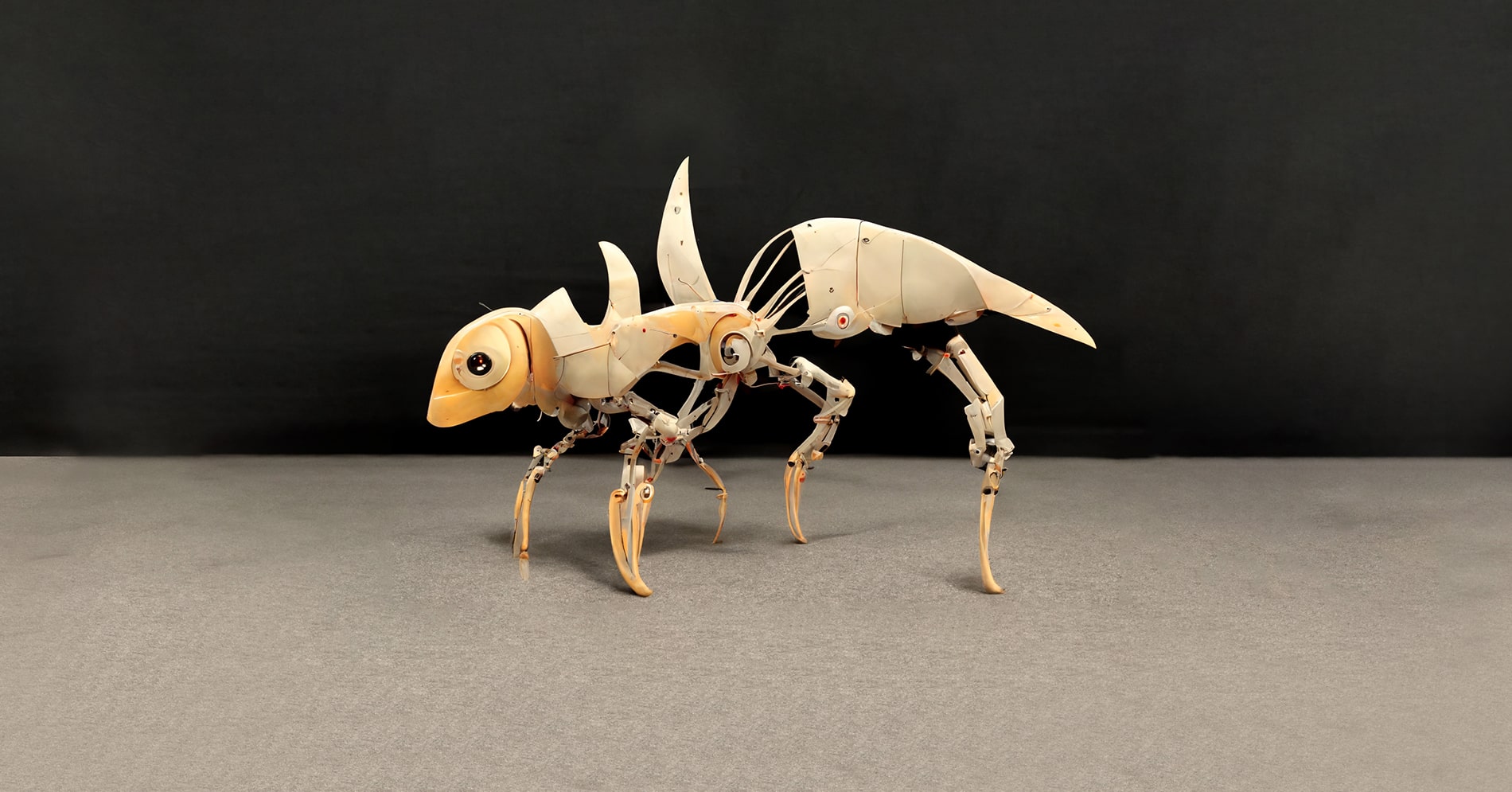
Xenolife explores the potential impact of creating new hybrid species on our understanding of biodiversity, ecology, and biotechnology. By examining speculative designs for these new species and by purposeful provocation, we can stimulate important conversations about how we want to shape the future of life on Earth. The project also delves into the ethical considerations surrounding these emerging forms of life, and charts the moral landscape between contemporary and future forms of life through reflective dialogue. The insights obtained can be applied to our current co-existence with existing biodiversity and inform decision-making about biotechnology now and in the future.
Kas Houthuijs
Boy Vijlbrief


“The creation of new hybrid species might be our only option to preserve biodiversity. This project helps in understanding what these species might look like and how we should deal with it.”
![]()
Boy Vijlbrief – Ethicist
“The creation of new hybrid species might be our only option to preserve biodiversity. This project helps in understanding what these species might look like and how we should deal with it.”
![]()
Boy Vijlbrief – Ethicist


Our planet’s biodiversity is under threat. Thousands of species are in danger of extinction which will lead to imbalances in our highly sensitive ecosystems. This is a big deal. A balanced ecosystem is essential for fertile soil, clean water and food production, but also for the ability of forests and oceans to absorb CO2. Most of us now know that the possible extinction of the bee, for example, would have dramatic consequences. But what if it is already too late? What if the bee can’t be saved anymore? What if the changes that are already taking place cannot be undone?
In the future, it may me possible to create new hybrid life using genetic engineering, possibly in combination with (soft) robotics. We could mix the genetic code of plants, animals, fungi, insects and even humans as modular building blocks to create entirely new hybrid species packed with desirable and programmable characteristics. Can we use this as an opportunity to reserve biodiversity loss and ultimately restore Earth’s natural balance?
Our planet’s biodiversity is under threat. Thousands of species are in danger of extinction which will lead to imbalances in our highly sensitive ecosystems. This is a big deal. A balanced ecosystem is essential for fertile soil, clean water and food production, but also for the ability of forests and oceans to absorb CO2. Most of us now know that the possible extinction of the bee, for example, would have dramatic consequences. But what if it is already too late? What if the bee can’t be saved anymore? What if the changes that are already taking place cannot be undone?
In the future, it may me possible to create new hybrid life using genetic engineering, possibly in combination with (soft) robotics. We could mix the genetic code of plants, animals, fungi, insects and even humans as modular building blocks to create entirely new hybrid species packed with desirable and programmable characteristics. Can we use this as an opportunity to reserve biodiversity loss and ultimately restore Earth’s natural balance?


© 2024 Symbiose All Rights Reserved.
© 2024 Symbiose All Rights Reserved.